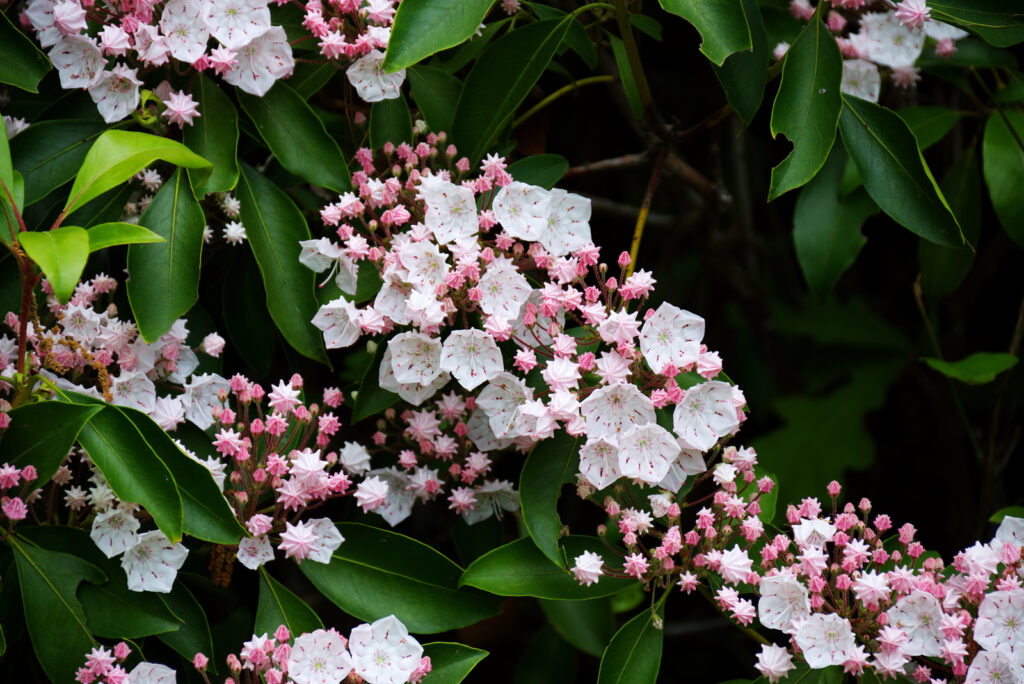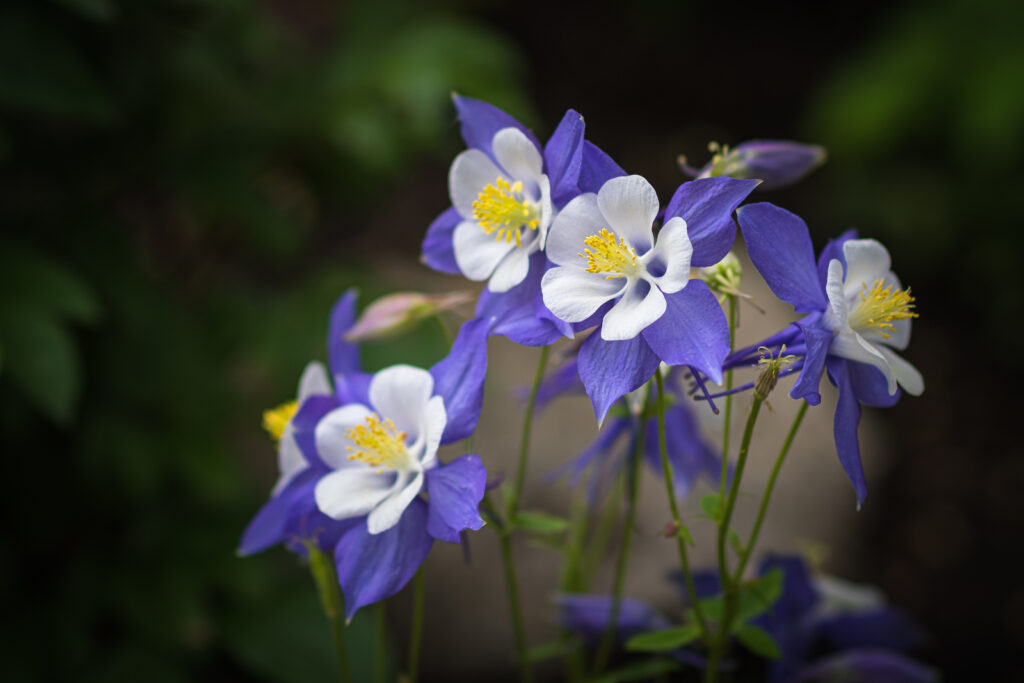Gardening in mountain regions and at high elevations can be a challenge. Sunlight at high altitudes is more intense than at lower elevations. Snow is a possibility in nearly every season in mountain regions.
Mountain garden must often endure wide fluctuations in temperature from day to day and certainly between day and night.
Plants in mountain gardens must be able to withstand extremes of both temperature and sunlight.

Mountain garden key elements
Here are important considerations when gardening at altitudes about 3,000 feet:
Temperature
- Plants must be protected from low temperatures. Have plant blankets and row covers on hand when frost or freezing weather is forecast.
- Use south-facing exposures that warm quickly during the day to your advantage. Grow tender and cold-vulnerable plants where they will get a full day of sun.
- Set plants near south-facing walls, large rock, or boulders that will absorb solar heat during the days and release the heat slowly at night.
Light
- Sunlight is 20 percent more intense as elevations of 3,000 feet and higher.
- Some plants will thrive with intense sunlight, others can suffer. If plants show signs of leaf burn or sunburn, protect them with row coves or shade cloth.
Water
- Water can easily run away from plants when a garden is located on a slope. Terrace planting beds as necessary to slow rainwater runoff.
- Use creeping groundcovers to protect slopes from runoff and erosion.
- Use mulch to protect bare ground and conserve soil moisture.
- Irrigate plants deeply; use a drip system to deliver water slowly to plants. Slow deep irrigation will result in deep plant roots; deep roots will hold the soil during heavy rainfall.
Soil
- Mountainous soils tend to be rocky. To improve mountain garden soil, add organic matter such as aged compost or commercial organic planting mix. Chopped leaves, leaf litter, and well-rotted manure can also enhance soil composition and nutrients.
- Use loose stones you remove from planting beds to build terraces or raised beds. Terrance and raised beds can be filled with topsoil and aged compost to create planting beds.

Mountain garden seasonal tasks
Mountain gardens often have growing seasons shorter than gardens at lower elevations. The last frost can come late in spring and the first frost can come early in autumn. The time in between is the growing season; be prepared.
- Start plants indoors ahead of the last frost; you can extend the growing season by sowing seeds indoors and transplant ready to go into the garden when spring arrives.
- Start seeds indoors in successive planting; that way you can set plants in the garden every few weeks during the growing season. Don’t set all of your seedlings out at once; save some in case there is a late frost.
- Turn and amend your garden soil as soon the soil is workable in spring. Soil that is not frozen or soppy wet is workable. Don’t wait for the last frost to add aged compost and well-rotted manure to the garden; these tasks can be done 3 or 4 weeks before the last frost.
- Use sunny winter days to prune trees and shrubs. Get pruning done before leaf and flower buds appear.
- Look for frost-heaves perennials and shrubs and tuck them back into the soil. Frost-heave can expose plant roots; use your boot or a hoe to press heaves plants back into the soil; then mulch around the plants.
- Choose plants that bloom quickly in spring. Choose plants that are tolerant of cool and cold weather—even if they are growing in summer.
- Shrubs that are well-adapted to mountain regions include cinquefoil, lilac, and spirea.
- Perennials and annuals well adapted to mountain regions include bee balm, bellflower, blanket flower, bleeding hear, catmint, columbine, coreopsis, cosmos, delphinium, larkspur, lupine, marigold, oriental poppy, pansy, petunia, rugosa rose, Shasta daisy, snapdragons, yarrow, and zinnia.















